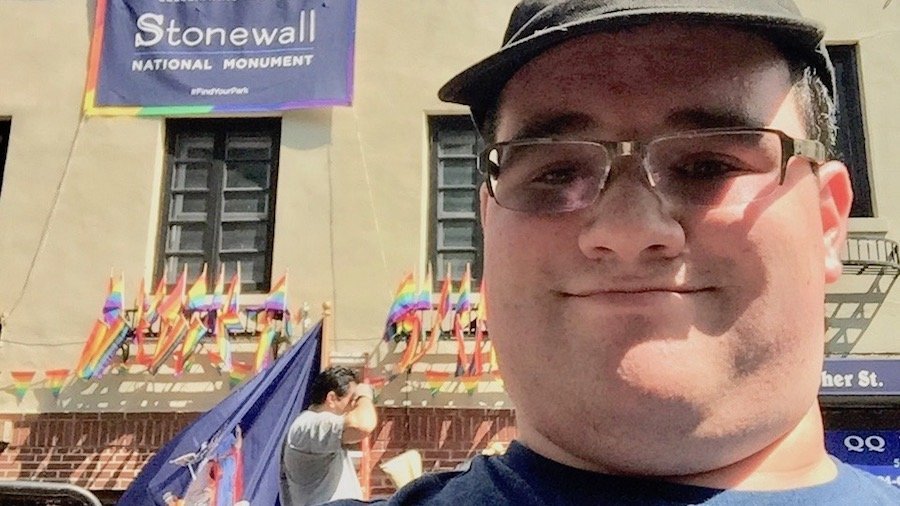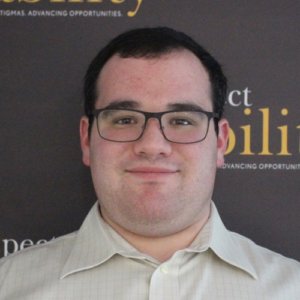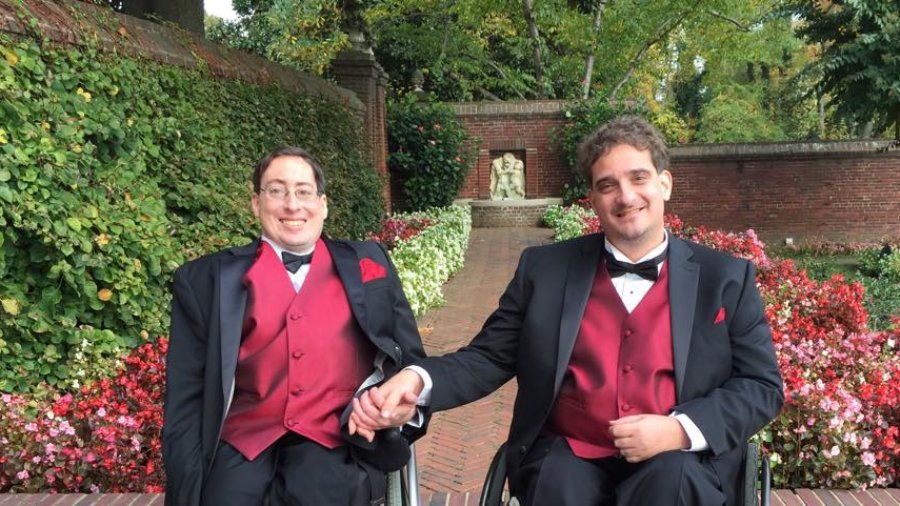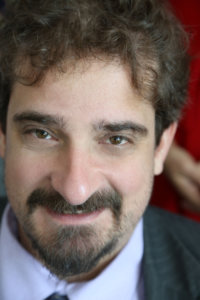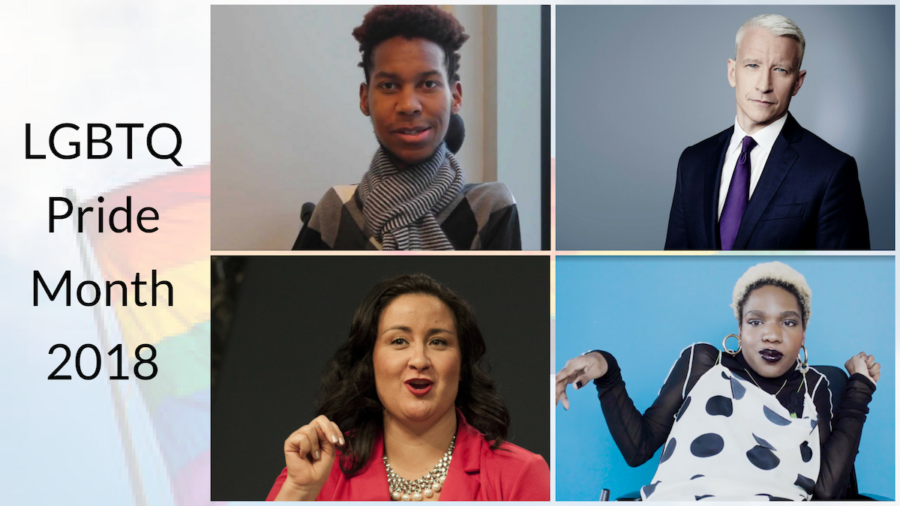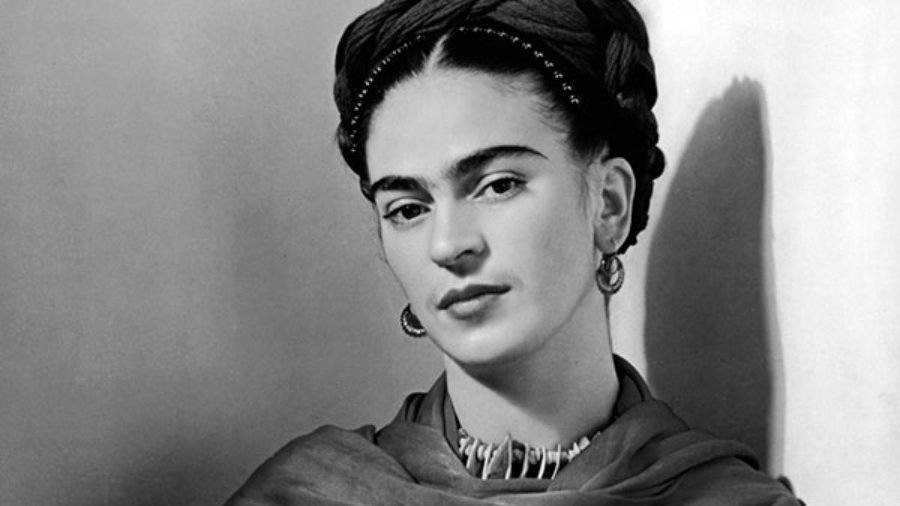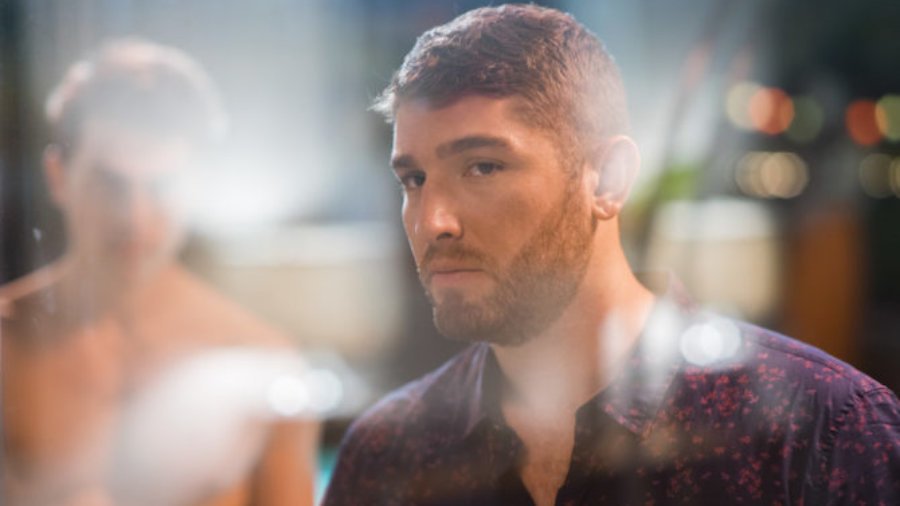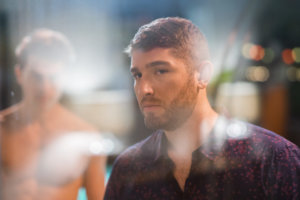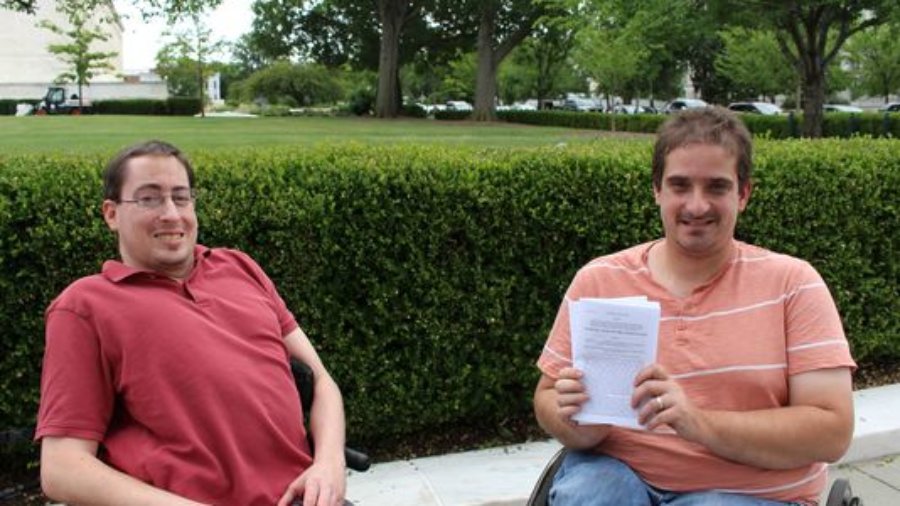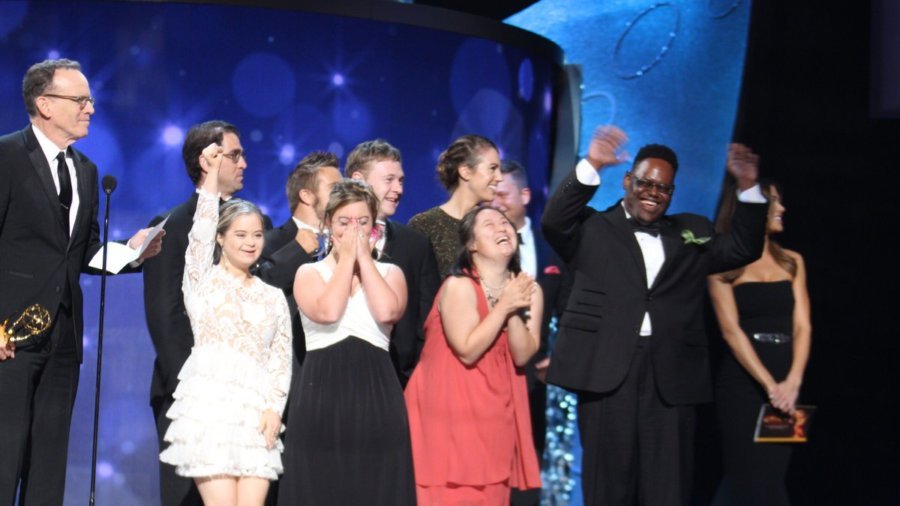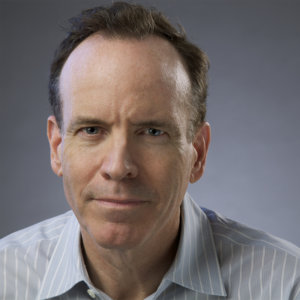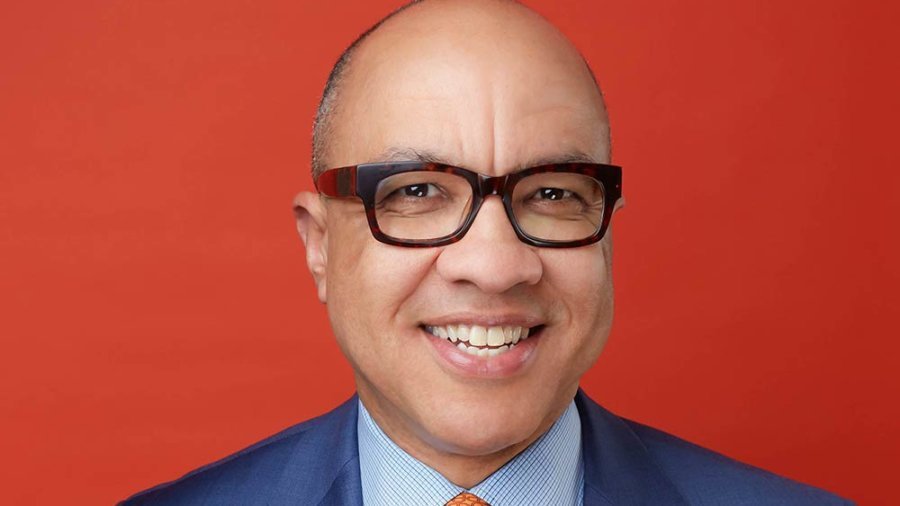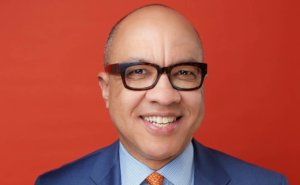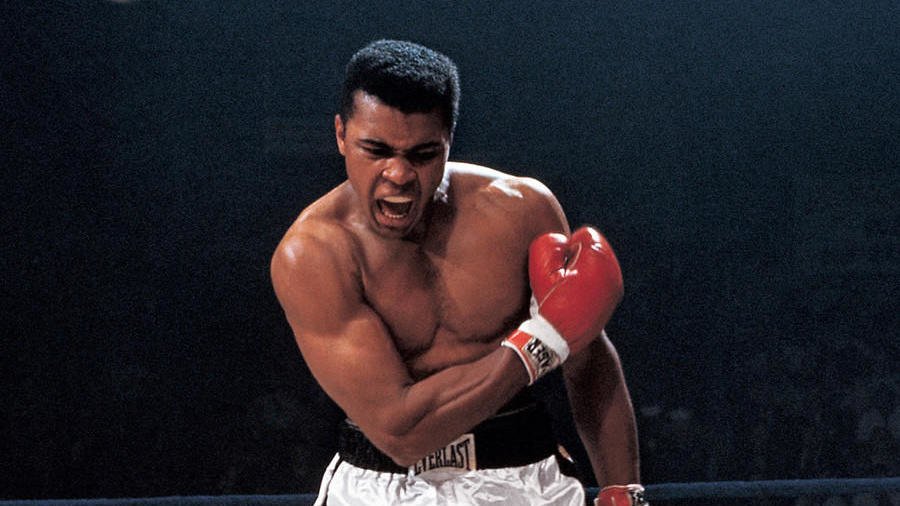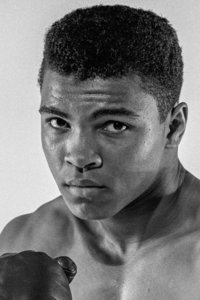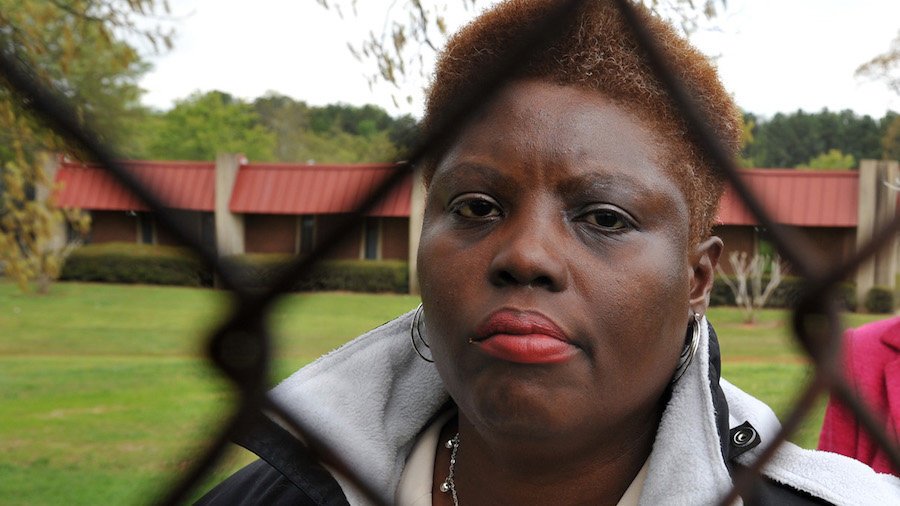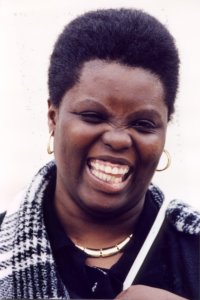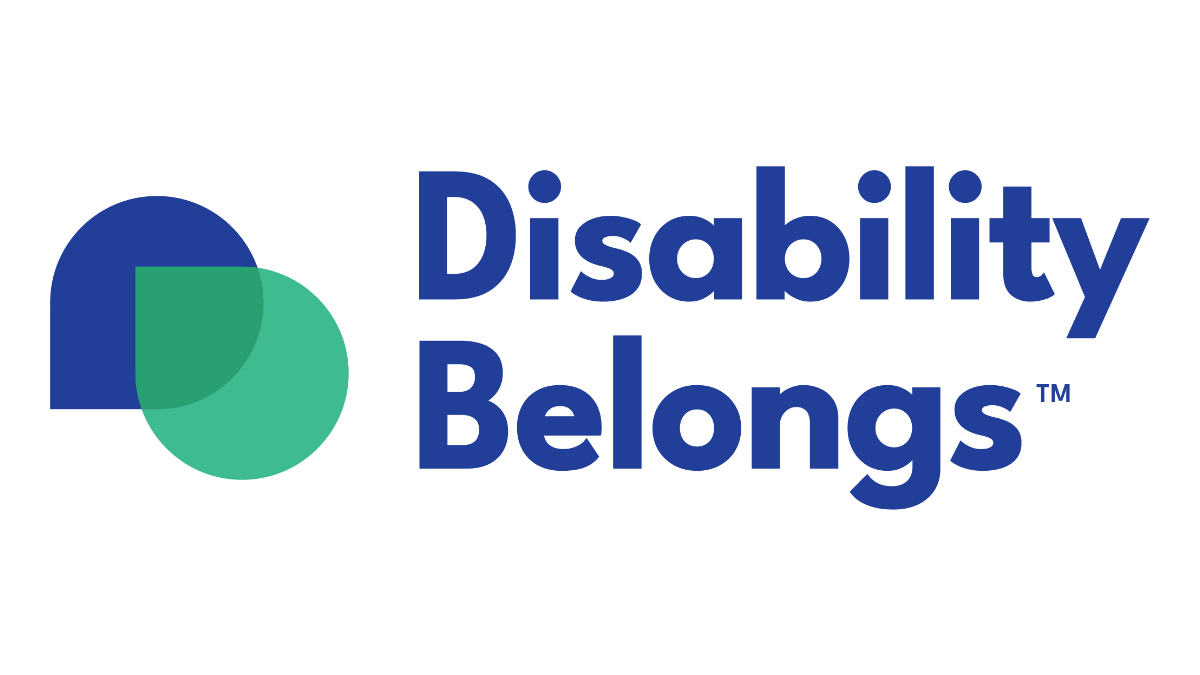Early in the eighth grade, one of my friends posted a video on Facebook using the webcam on his computer and lots of visual effects as a fun waste of time. I decided to steal his idea, making a silly little video that I intended for just my friends to see. This one decision to make and upload a video changed everything.
I did not have the right privacy settings turned on, so anyone could view my profile if they wanted to. Naturally, two of the school bullies found the video, downloaded it and re-uploaded it to YouTube with the comments section turned on. One person wrote “Eric is a r***rd that goes to my school.” As someone who is on the autism spectrum, that really hurt. Other people would walk up to me in the hallway, quoting lines from the video and would just laugh at me. It was horrible, and while I do not think about the situation anymore, I could not stop thinking about it for a long time. This was just one incident in a long personal history of being marginalized and bullied. [continue reading…]


